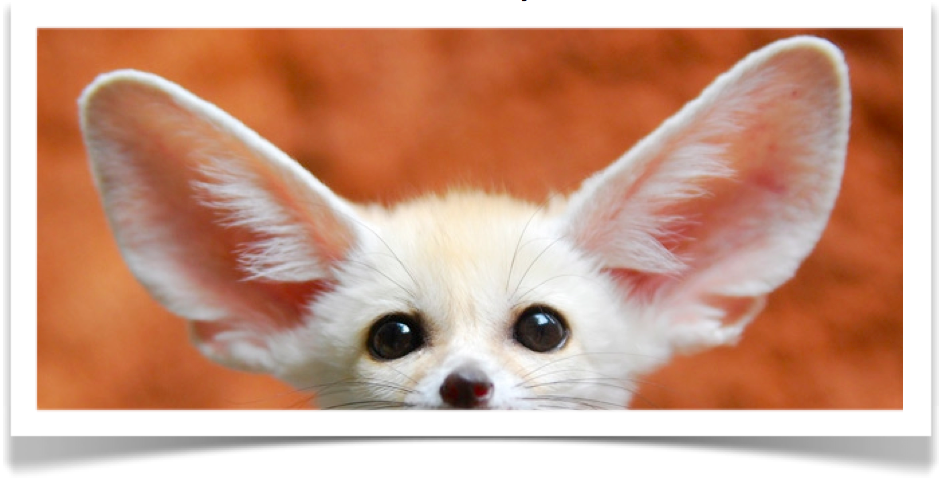About

Binaural means having or relating to two ears, and Synthesis means to recombine elements to create something new. With regards to 3D audio, the intention is to digitally reform (mono)stereo sounds into binaural sounds in order to create a 3D spacial awareness.
Binaural hearing is loaded with positional, referential, environmental and motile information about the sounds we hear. Most people take for granted the information derived from sound environments, since our brains take care of processing the minute variations in sound amplitude, pitch, and time delays that our left and right ear receives.
- Here Nick Bertke, a music producer from Australia, takes one of his tracks and captures a binaural recording as he walks around his sound stage. The effect is very realistic:
- As part of her thesis, Alina Kiryanyeva, explores the concept of “holophonics” in regards to virtual acoustic concerts through a binaural recording a pianist from the audience. This clip is very moving:
- Arkamys, a recognized leader in audio enhancement and spatialization technologies, creates a fully immersive experience by combining video and binaural recordings in the “Holophonic Ball Experiement”. The audio visual combination is quite impressive:
While the majority of Virtual 3D experiences available online are achieved through binaural recordings. The main focus of this project is to digitally create these binaural sounds.
The three key goals that the 3D Stereo Navigation Team:
- Digitally Synthesize the 3D Holophonic effect with comparable results to that of binaural recordings.
- Explore various calibration methodologies to cater the experience to the individual user.
- Create an interactive application(s) to demonstrate a 3D spatial awareness.
If binaural recordings are so effective, why would we want to digitally synthesize binaural sounds? The answer to this should seem obvious for anyone immersed in the world of mobile phones, tablets, and home PCs, but for those who don’t see the obvious advantages here are a few of the main points:
- Binaural recordings require expensive audio capturing equipment that is not readily available to most people. Synthesizing the same effect only requires a soundfile, software, and a processor; all of which most people have easy access to.
- Recordings are isolated to the single event captured and recorded. Software algorithms developed can be easily applied to synthesize an infinite number of events. The sky is the limit.
- Recordings are experiential-based applications of 3D sound. Synthesis opens the doors up to user interaction with the 3D sound environment.
The sky is really the limit when it comes to the possible applications of synthesized 3D audio. While this project intends to focus its energy on developing an application geared towards the biomedical sector, for interests sake we’ll list some other topics. Keep in mind, some of these applications are currently being explored in industry.
Existing applications:
- 3D Audio for Video Games
- Binaural Hearing Aids
- 3D Audio Teleconferencing
Future applications:
- Mobile Phone Apps/Games
- 3D Audio in Cinematic Presentations
- 3D Spatial Awareness training tools for the blind
- Hearing Damage Diagnostic Tests
- 3D Virtual Reality

While the goal of this project intends to create generic algorithms that can potentially be used across a wide range of applications, one particular application has surfaced in partnership with CanAssist. CanAssist is a not-for-profit University of Victoria organization that is dedicated to helping people with disabilities improve their quality of life. Their focus is to promote the independence and inclusion of their clientele.
As part of CanAssist’s CanGo initiative, Dr. Gebali and Dr. Haytham (professors at the University of Victoria) have developed an audio GPS mobile application to assist blind commuters in their pre-programed daily travels. (See GPS Waypoint Application report found in the “Documentation” tab for more information.) Since the GPS Waypoint application itself is still under development, the 3D Stereo Navigation team has proposed the integration of 3D Audio as an assistive compass to help guide users through the use of directional audio cues as opposed to simply verbal guidance. The idea being that following a sound might be easier to comprehend than a voice command to “turn 37 degrees to the left.”
Of course, careful considerations must be made regarding a visually impaired individual’s reliance on their sound environment. That being said, using headphones for the entire duration of the trip is not feasible, and this fact is recognized by this initiative. The 3D Audio Compass is proposed as a “Help” feature that would only be accessed in times of distress. We hope this feature might be able to add peace of mind for users.
The 3D Audio Compass was presented at the 7th International Conference on Broadband and Wireless Computing, Communication and Applications Conference in November of 2012 as a future works for the GPS Waypoint Application. Valuable feedback was received after the presentation that will be heavily considered during implementation and feasibility testing of this feature.
The presentation that was given during the conference is found below (Will not work on iPhones). Stay tuned for more on this initiative as progress is made.